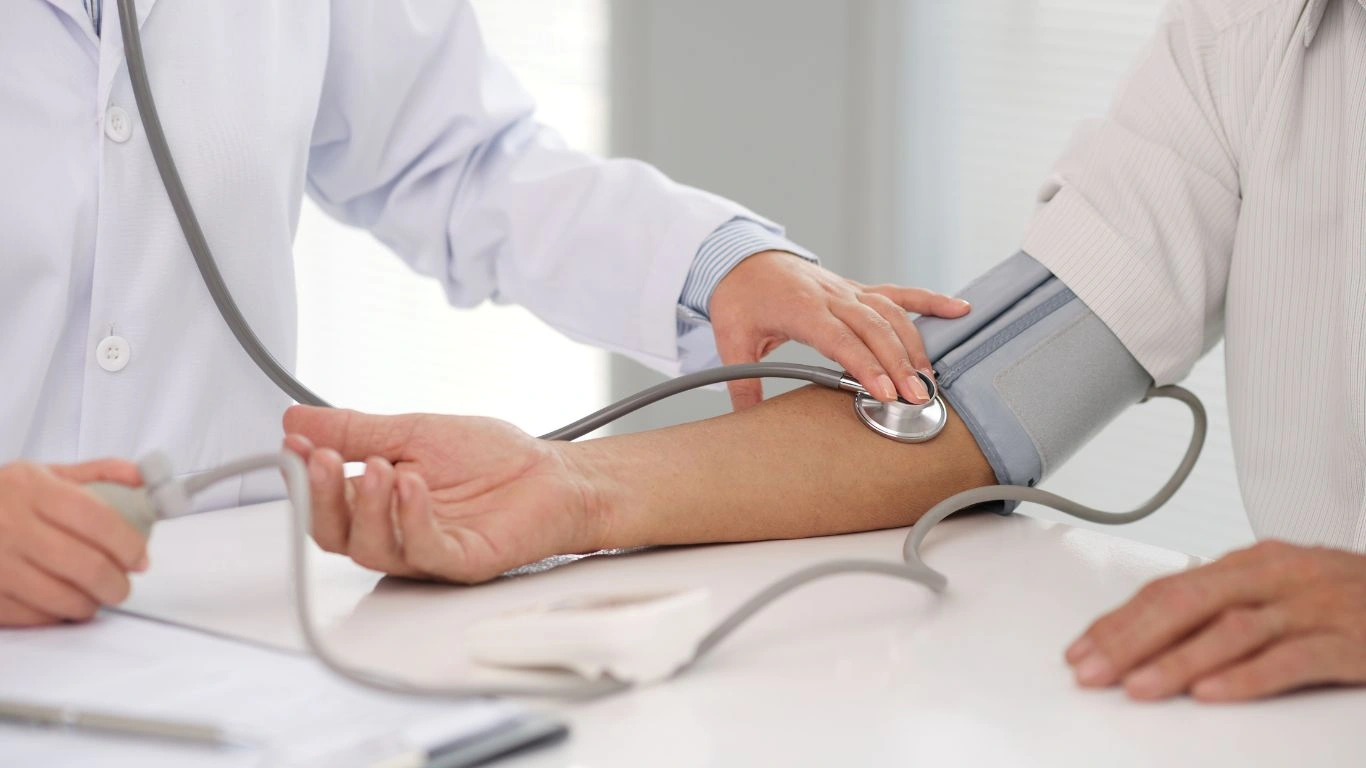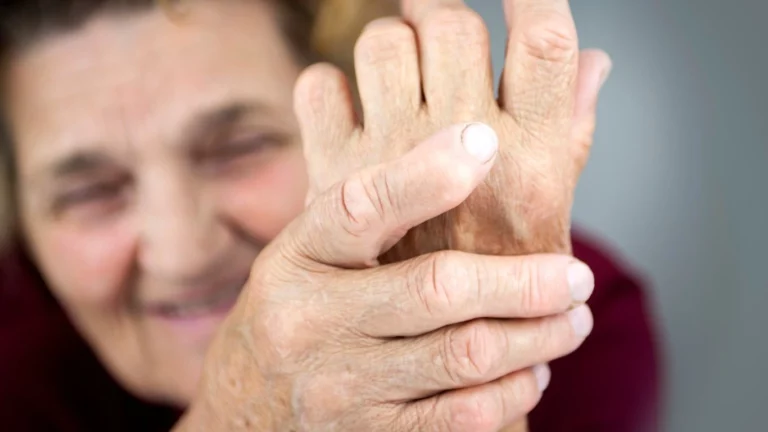Foods That Naturally Lower Blood Pressure: A Complete Guide
Are you looking for natural ways to lower your blood pressure? You’re in the right place! High blood pressure, or hypertension, is a common health issue, but there are plenty of foods that can help manage it without the need for medication. In this guide, we’ll explore some tasty options that are not only heart-healthy but also delicious.
High blood pressure, if left unchecked, can lead to serious health issues like heart disease, stroke, and kidney problems. However, managing your blood pressure doesn’t always require medication. Incorporating specific foods into your diet can have a significant impact on lowering and maintaining healthy blood pressure levels. So, let’s dive into the foods that are proven to naturally lower blood pressure and how they work!
Understanding High Blood Pressure
Before we get into the foods, let’s quickly review why blood pressure matters. Blood pressure refers to the force of blood pushing against the walls of your arteries. When this force is consistently high, it can damage your blood vessels and organs. Healthy blood pressure is usually around 120/80 mm Hg. If your readings are consistently higher, it’s considered high blood pressure.
Fortunately, making changes to your diet can be a game changer. Let’s talk about which foods can make the biggest difference.
1. Leafy Greens
Leafy greens, such as spinach, kale, and Swiss chard, are packed with potassium, a mineral that helps your kidneys balance sodium levels in the body. When sodium is reduced, your blood pressure can decrease. Eating these greens regularly can provide a natural way to manage hypertension.
Tip: You can easily add these to smoothies, salads, or stir-fries. The more you include in your meals, the better your blood pressure control will be.
2. Beets
Beets are another powerhouse when it comes to lowering blood pressure. They’re rich in nitrates, which the body converts into nitric oxide. Nitric oxide helps relax and dilate blood vessels, making it easier for blood to flow and reducing the pressure on the artery walls. Studies have shown that beet juice can lower blood pressure by a noticeable amount.
Tip: Drinking beet juice or adding roasted beets to salads is an easy way to incorporate this vegetable into your diet.
3. Oats
Oats are a great whole grain option that contains soluble fiber. This fiber helps lower cholesterol levels, which in turn can lower blood pressure. The soluble fiber in oats also helps reduce inflammation and improve overall heart health.
Tip: Try having a bowl of oatmeal for breakfast or adding oat bran to smoothies or baked goods for an extra heart-healthy boost.
4. Berries
Berries, particularly blueberries, strawberries, and raspberries, contain antioxidants known as flavonoids, which have been linked to lower blood pressure. These compounds help relax blood vessels, improve blood flow, and reduce inflammation.
Tip: Add a handful of berries to your morning cereal, yogurt, or enjoy them as a snack. You can even throw them into smoothies for a refreshing treat.
5. Bananas
Bananas are an excellent source of potassium, which plays a crucial role in managing blood pressure levels. A medium-sized banana has about 400-450 mg of potassium, making it an easy and delicious way to help regulate your blood pressure.
Tip: Grab a banana as a snack, toss it into a smoothie, or add slices to your cereal for a heart-healthy boost.
6. Fatty Fish
Fatty fish like salmon, mackerel, and trout are rich in omega-3 fatty acids, which have been shown to lower blood pressure by reducing inflammation and improving blood vessel function. Omega-3s also help reduce the risk of heart disease, making them a heart-healthy choice.
Tip: Aim to eat fatty fish at least two to three times a week to reap the blood pressure-lowering benefits.

7. Garlic
Garlic has long been known for its heart health benefits. It contains allicin, a compound that helps relax blood vessels, improve blood flow, and lower blood pressure. Some studies suggest that consuming garlic regularly can have a significant impact on reducing both systolic and diastolic blood pressure.
Tip: You can incorporate fresh garlic into your cooking, or consider taking a garlic supplement if you’re looking for a more concentrated dose.
8. Pomegranates
Pomegranates are loaded with antioxidants, including polyphenols, which have been shown to lower blood pressure. Drinking pomegranate juice regularly can be particularly effective in reducing high blood pressure over time.
Tip: Drink pomegranate juice or eat fresh pomegranate seeds as a snack for a sweet, blood-pressure-lowering treat.
9. Dark Chocolate
Good news for chocolate lovers—dark chocolate, especially varieties with 70% or higher cocoa content, can help lower blood pressure. The flavonoids in dark chocolate help relax blood vessels and improve blood flow. Just remember, moderation is key—eating too much can have the opposite effect.
Tip: Enjoy a small square of dark chocolate as a treat after meals to help manage your blood pressure.
10. Beans and Lentils
Beans and lentils are rich in fiber, potassium, and magnesium, all of which play a role in lowering blood pressure. They also help reduce cholesterol levels, which can improve heart health. Incorporating these legumes into your meals regularly can make a big difference in blood pressure control.
Tip: Try adding beans or lentils to soups, salads, or stews. They’re also great for making plant-based burgers.
Conclusion
There’s no magic bullet for managing high blood pressure, but the foods we’ve covered can help make a significant impact. By incorporating leafy greens, beets, oats, berries, and other heart-healthy foods into your diet, you’ll be supporting your heart and helping to manage your blood pressure naturally. A balanced diet, along with regular physical activity and stress management, is the key to long-term heart health.

Appendices
References
- American Heart Association. (2023). Blood Pressure Management. Read Article
- National Institutes of Health (NIH). (2024). Dietary Approaches to Preventing Hypertension. Read Article
- Smith, T., & Lee, J. (2022). The Role of Diet in Hypertension Management. Journal of Cardiovascular Health, 41(3), 155-162. Read Article
FAQs
- Can I lower my blood pressure quickly with food? It’s unlikely that you can lower your blood pressure drastically in a short period just by eating certain foods. However, over time, incorporating heart-healthy foods can help reduce and manage blood pressure effectively.
- How often should I eat foods that lower blood pressure? To see lasting benefits, it’s best to include these foods in your daily diet. Aim for a variety of these heart-healthy options throughout the week.
- Can I still eat salty foods if I want to lower my blood pressure? High-sodium foods can raise blood pressure, so it’s best to limit them. Focus on

Dr. Gwenna Aazee is a board-certified Internal Medicine Physician with a special focus on hypertension management, chronic disease prevention, and patient education. With years of experience in both clinical practice and medical writing, she’s passionate about turning evidence-based medicine into accessible, actionable advice. Through her work at Healthusias.com, Dr. Aazee empowers readers to take charge of their health with confidence and clarity. Off the clock, she enjoys deep dives into nutrition research, long walks with her rescue pup, and simplifying medical jargon one article at a time.







